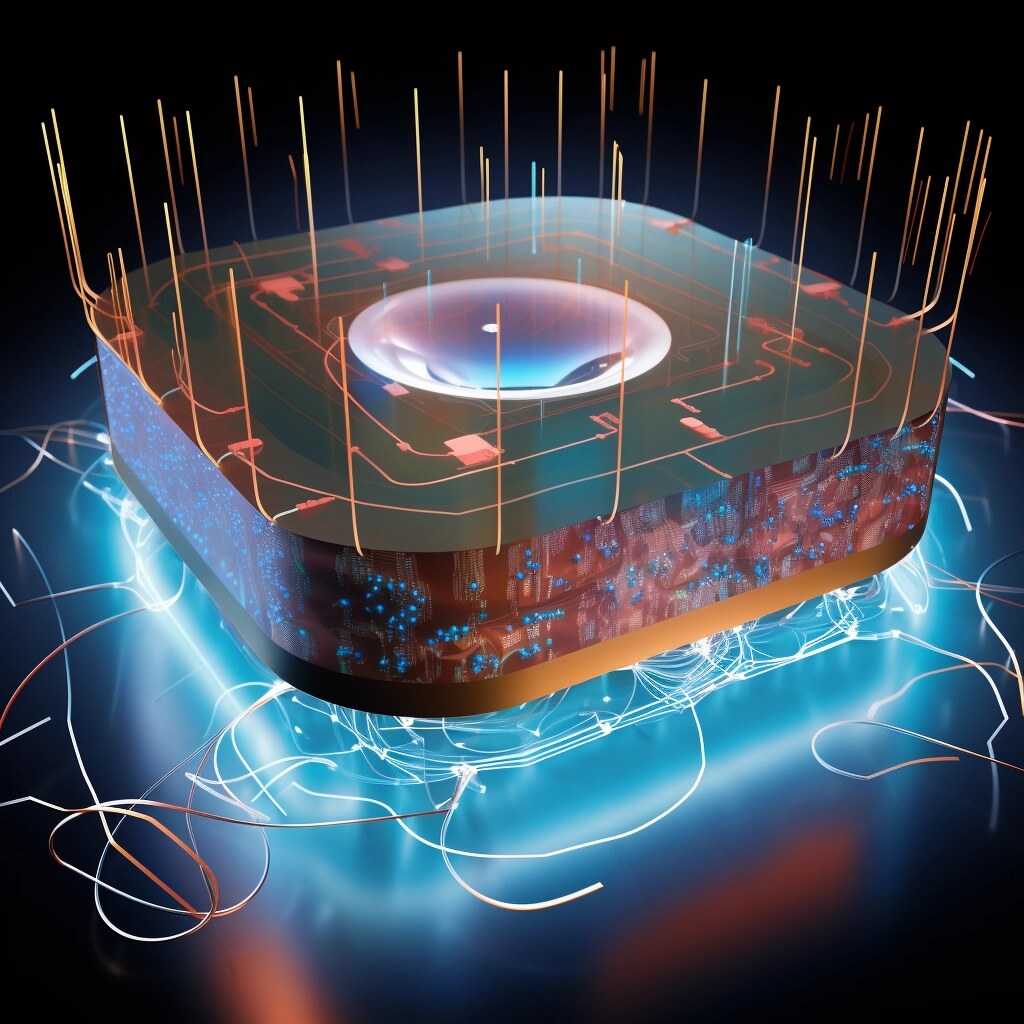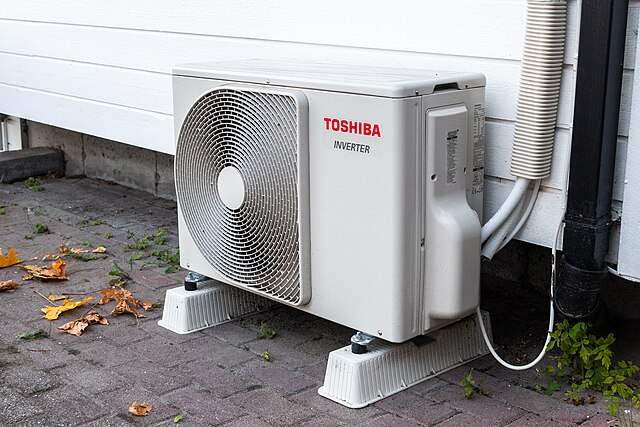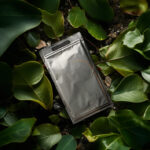Lithium salts in the electrolyte of a battery make it more powerful but also increase the cost. A new electrolyte containing the lithium salt LiDFOB could potentially make batteries cheaper and more sustainable, as reported by Chemie.de.
An electrolyte is a central component of a battery. In this medium (which can be either solid or liquid), ions can move between the positive and negative electrodes when the battery is charged or discharged.
Chinese researchers have now developed a battery with a low concentration of LiDFOB, which significantly increased performance. The electrolyte could simplify both the manufacturing and recycling of batteries.
LiDFOB is the salt lithium difluoro(oxalato)borate. Most electrolytes today use the salt lithium hexafluorophosphate (LiPF6) in a solvent. The concentration of this has been continuously increased over the past 10 years to improve battery performance. However, lithium salts are expensive, which is why research is also being conducted on electrolytes with lower concentrations.
Similar Posts
The new LiDFOB salt also shows promising results at low concentrations. A concentration of 0.16 mol/liter (about 100 trillion salt particles per liter) is sufficient for the production of the battery electrolyte. For comparison: Current batteries use concentrations that are 7 to 20 times higher. Accordingly, the battery is also cheaper to produce.
LiDFOB is also stable when it comes into contact with water or air—unlike LiPF6, which decomposes and releases highly toxic hydrogen fluoride gas. This makes both the manufacturing and recycling processes much simpler, which would also lead to greater sustainability, the researchers write.


















